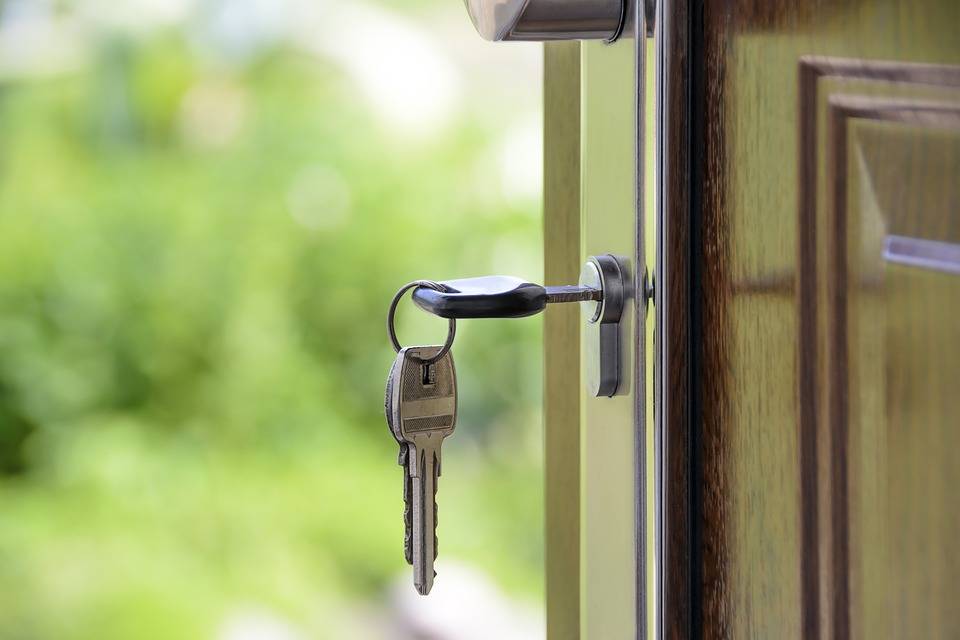A reverse mortgage is very much what it sounds like: the lender takes out a mortgage on a house, but instead of giving the owner a lump sum of money for the loan amount, the lender instead makes a monthly fixed payment to the borrower (owner of the property). It’s a relatively recent tool for supplemental income, so let’s break down what that means, and what the outcomes may be.
How to get a reverse mortgage
Take everything you know about homebuying and reverse it in this case. In a traditional mortgage the buyer (homeowner) pays a lender (generally a bank or other financial entity) a monthly fixed rate to buy a house, rather than pay the full amount up front. In the case of a reverse mortgage, the homeowner has paid off their mortgage, and is slowly selling it back to a lender. To initiate this, a homeowner would contact a trusted lender and check their interest rate. More on how to do that smartly later.
How does a reverse mortgage play out?
A reverse mortgage lets homeowners tap into the asset value of their house as a means to support their monthly living expenses. Typically, the arrangement is set up so that as long as at least one of the owners is living in the house, the payments to the borrower will continue. When the last surviving borrower moves out or passes, the lender will call the loan due. In the case of the owner(s) passing, it’s the children who have to either give the house to the bank or try and sell it.
If the children think there’s equity in the property, they can sell it, pay off the lender, and keep the difference for themselves. If the property goes back to the lender (if they children don’t want to keep the house) the bank will probably need to go through a foreclosure procedure to confirm or verify their title to the property when they take it back. Giving it back to the bank would be easy but might not be the smart thing to do if the housing market was good.
How to do it smart
A smart borrower will get a competitive interest rate, so shop around. There are lots of lenders who offer reverse mortgages; some even specialize in it. Check with different mortgage lenders, and keep closing costs, time to close, time to start payments, and interest rate in mind when asking about the lender’s process. Whether you need professional assistance would depend on your level of comfort. If you have a bank you’re comfortable dealing with (maybe get a reference from them), start with them, and if you do it yourself, do your research.
When it’s time to sell the house or give it back, check the equity of the property before taking the easy route. If the house is worth $200,000, and the borrower only owes $100,000 under the reverse mortgage, then the seller could conceivably sell the property for $200,000, then give $100,000 to the bank and $100,000 to themselves. On the other hand, if the property is worth $200,000 and $250,000 is owed to the reverse lender (meaning there’s no equity in the house), then the easy thing to do is to give it back to the lender, or let the lender foreclose.

